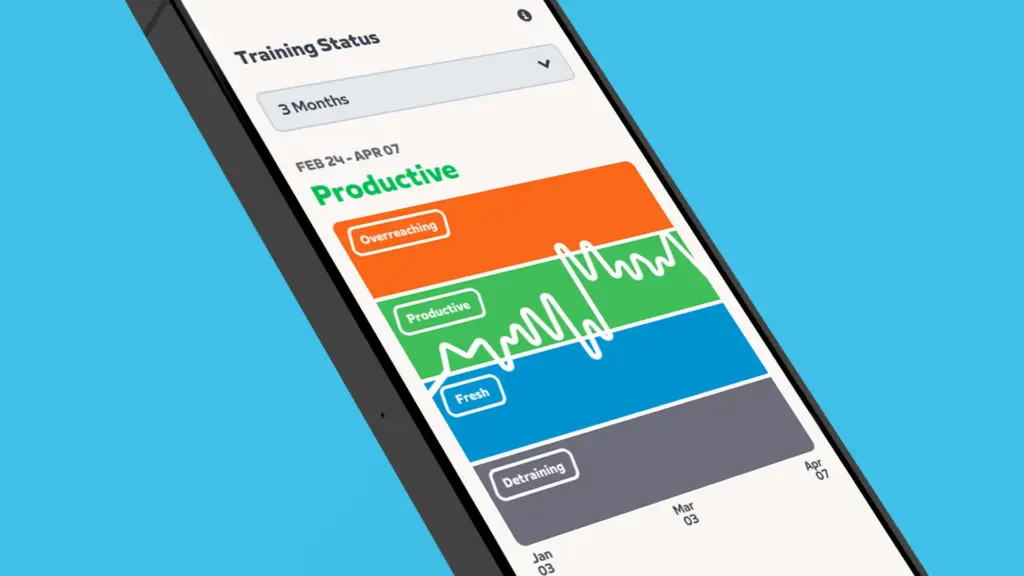
Zwift, the popular indoor and outdoor training platform, is stepping up its game just in time for the summer racing season. With the introduction of two significant updates, Zwift aims to offer riders enhanced training insights and a competitive edge in virtual racing. The new features include the Fitness Trends tool and an upgraded Heads-Up Display (HUD), designed to make every watt count for cyclists preparing for late-season events or aiming for personal fitness milestones.
As of July 2, the Fitness Trends feature is available through the Zwift Companion App on both iOS and Android devices. This new tool provides riders with a comprehensive view of their training history and performance through an interactive suite of charts. Meanwhile, the updated HUD, set to launch on July 15, introduces customizable real-time metrics, potentially rendering traditional head units obsolete.
Fitness Trends: A New Era of Training Insights
The Fitness Trends feature marks a significant advancement in how Zwift users can analyze their training progress. It allows cyclists to set training goals, track their progress, and monitor their historical training status over months and years. The feature also offers insights into training scores, utilizing Functional Threshold Power (FTP) to provide balanced custom training evaluations.
Users can filter data by date, making it easier to correlate current performance with past training logs. This performance dashboard is designed to be user-friendly, providing valuable insights without requiring a sports science degree to interpret.
Key Features of Fitness Trends
- Set Training Goals: Establish targets for progress tracking.
- Zwift Streak Tracking: Monitor consecutive training days.
- Historical Training Status: Review training history over extended periods.
- Training Score Insights: Analyze performance using FTP-based metrics.
According to Zwift, these enhancements are designed to help riders better understand their training patterns and make informed decisions about their fitness strategies.
Revolutionizing the Ride: The Configurable HUD
On July 15, Zwift will launch its upgraded HUD, coinciding with a rest day in the Tour de France. This update allows riders to customize the top-left panel of their Zwift screen, offering a range of new metrics and insights. The move is expected to provide cyclists with greater control over their training data, potentially eliminating the need for additional head units during rides.
New HUD Features
- Average Speed: Easily track your pace.
- Average Watts/kg: Measure effort-to-weight efficiency.
- L/R Balance: Access dual-sided power metrics.
- Splits: Auto-tracked lap data for pacing.
- CORE Temp: Real-time core body temperature tracking.
- CORE HSI: Heat Strain Index for thermal adaptation insights.
Zwift has partnered with CORE Body Temp to integrate thermal tracking into its virtual training environment. By pairing the CORE Thermal Sensor through the app, riders can gain insights into environmental adaptation, particularly useful for those engaging in heat acclimation training.
Implications and Future Prospects
The introduction of these features represents a significant evolution in Zwift’s offerings, aligning with broader trends in digital fitness and personalized training. As more athletes turn to virtual platforms for their training needs, the demand for sophisticated, data-driven tools continues to grow.
Experts in the field of sports technology suggest that these updates could set a new standard for virtual training platforms, combining ease of use with advanced analytics. The integration of real-time physiological data, such as core temperature and heat strain, highlights the potential for further innovations in personalized fitness experiences.
Looking ahead, Zwift’s latest updates may influence other platforms to enhance their offerings, fostering a competitive environment that ultimately benefits the end-user. As virtual training becomes increasingly sophisticated, the line between indoor and outdoor cycling continues to blur, offering cyclists unparalleled flexibility and control over their training regimens.
For more information, visit Zwift.com.






